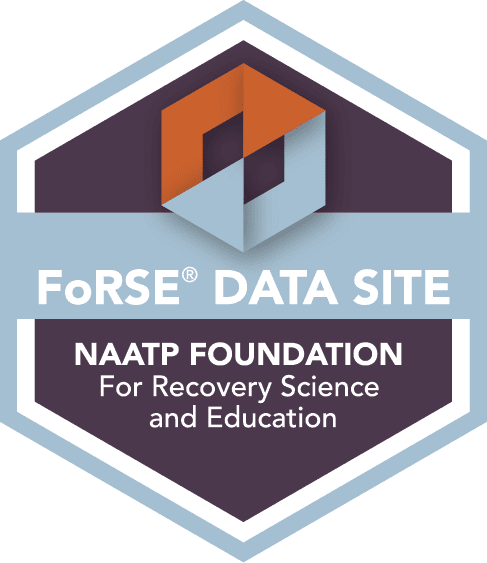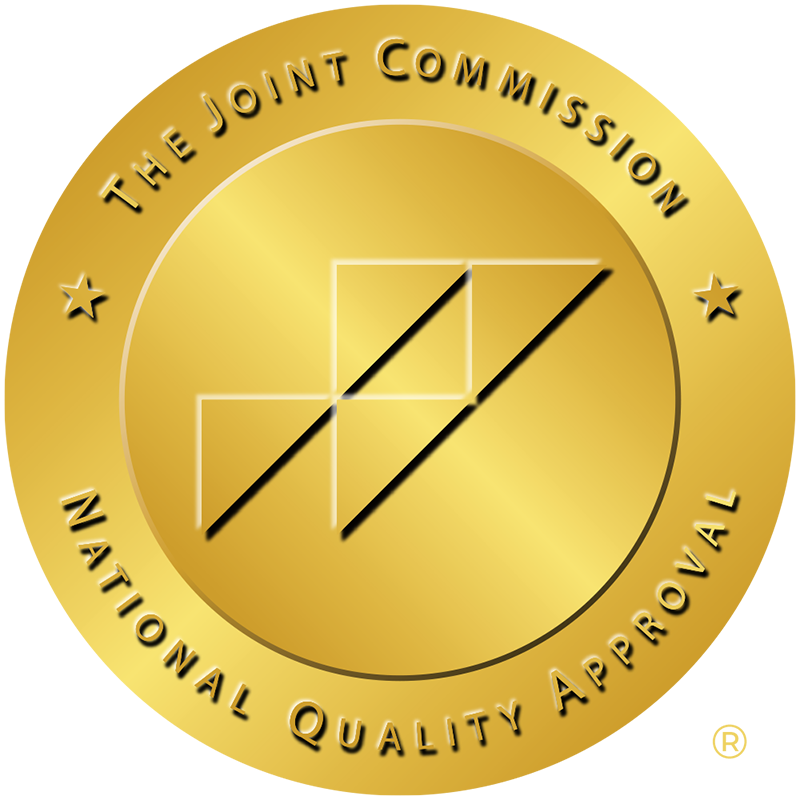Grief and Loss

Lorem ipsum dolor sit amet, consectetur adipiscing elit. Nulla faucibus sapien in mi rhoncus sagittis. Integer ullamcorper porta interdum. Nam est risus, facilisis sit amet iaculis non, rutrum quis lorem. Maecenas ac urna nec nibh pellentesque pulvinar condimentum vitae ante. Maecenas quis urna vitae lorem ornare pellentesque ut id mi. Ut vitae tempus enim. Suspendisse laoreet eleifend venenatis. Praesent suscipit leo lectus, eu consectetur quam blandit in.
What is Grief and Loss?
Grief is a natural and complex emotional response to the experience of loss. It is a universal human experience and can manifest in various ways, both emotionally and physically. Grief is not limited to the death of a loved one; it can also be triggered by other significant losses, such as the end of a relationship, the loss of a job, a serious illness, or other major life changes. Loss, in the context of grief, refers to the absence or unavailability of someone or something that was significant to an individual.
Grief is a unique and individual experience, and people may express their emotions and cope with loss in different ways. Common emotional responses to grief include sadness, anger, guilt, shock, confusion, and numbness. Physical symptoms such as fatigue, changes in appetite, and difficulty sleeping are also common.
The grieving process is not linear, and individuals may go through various stages of grief, as proposed by the Kübler-Ross model: denial, anger, bargaining, depression, and acceptance. It’s important to note that not everyone experiences all of these stages, as grief is a highly individualized journey.
How is treatment tailored?
Foundation House aids in the treatment of grief and loss by helping individuals navigate the grieving process, express emotions, and find ways to cope with the impact of the loss.
Individual therapy, support groups, and other therapeutic interventions can help individuals navigate their emotions, find ways to cope, and eventually adjust to life without the presence of what has been lost.
The Foundation House approach to treating grief and loss:
Narrative Therapy
Narrative therapy involves exploring and reconstructing the narrative of one’s life, integrating the loss into a broader context. It helps individuals make sense of their experiences and find meaning. Foundation House therapists primarily use narrative therapy in individual sessions.
Mindfulness and Self-Regulation Practices
Mindfulness and self-regulation practices embody therapeutic approaches dedicated to nurturing present-moment awareness, fostering emotional regulation, and honing the capacity to respond to situations with intention and a non-reactive mindset. Revered for their efficacy, these practices stand as pivotal components in Foundation House’s treatment of diverse mental health concerns, including therapeutic work related to grief and loss. These methods are implemented during daily meditation sessions, yoga practice, and Emotional Regulation Group.
Eye Movement Desensitization and Reprocessing (EMDR)
EMDR stands as a psychotherapeutic cornerstone, specializing in the treatment of individuals who have undergone trauma, especially those grappling with a diagnosis of post-traumatic stress disorder (PTSD). Esteemed as an effective and evidence-based intervention for trauma-related disorders, EMDR has garnered recognition and endorsement from organizations such as the World Health Organization (WHO), the American Psychological Association (APA), and the Department of Veterans Affairs (VA). Foundation House employs those who are trained in EMDR to assist in treating trauma and related stressors, including managing symptoms of grief and loss.

“Lorem ipsum dolor sit amet, consectetur adipiscing elit, sed do eiusmod tempor incididunt ut labore et dolore magna aliqua. Ut enim ad minim veniam, quis nostrud exercitation ullamco laboris nisi.”
— Testimonial 1
Lorem ipsum dolor sit amet, consectetur adipiscing elit. Nulla faucibus sapien in mi rhoncus sagittis. Integer ullamcorper porta interdum. Nam est risus, facilisis sit amet iaculis non, rutrum quis lorem. Maecenas ac urna nec nibh pellentesque pulvinar condimentum vitae ante. Maecenas quis urna vitae lorem ornare pellentesque ut id mi.





